5 ways to make your planting feel more minimalist – the tricks landscape designers use for less fussy backyards
Want your backyard to read as sophisticatedly minimalist? Here's how landscape designers do pared back planting schemes that aren't boring

When it comes to creating a landscaping design, a minimalist scheme has got to be easier to create than one that embraces a riot of color, form and texture, right? Well not necessarily. There's an art to creating a perfectly pitched backyard design when you're taking a pared-back approach to planting. Get it wrong and you're left with an outdoor space that feels insipid, uninspiring and bland.
'Minimalist planting scheme requires strong form and structure in the design,' agrees says landscape designer Jennifer Hayman, 'using a small number of plants, repeated throughout.'
Want to know the secrets to making a minimalist planting scheme work for your backyard? We asked landscape designers for their top tips – here are the 5 things you need to consider.
1. Go all green
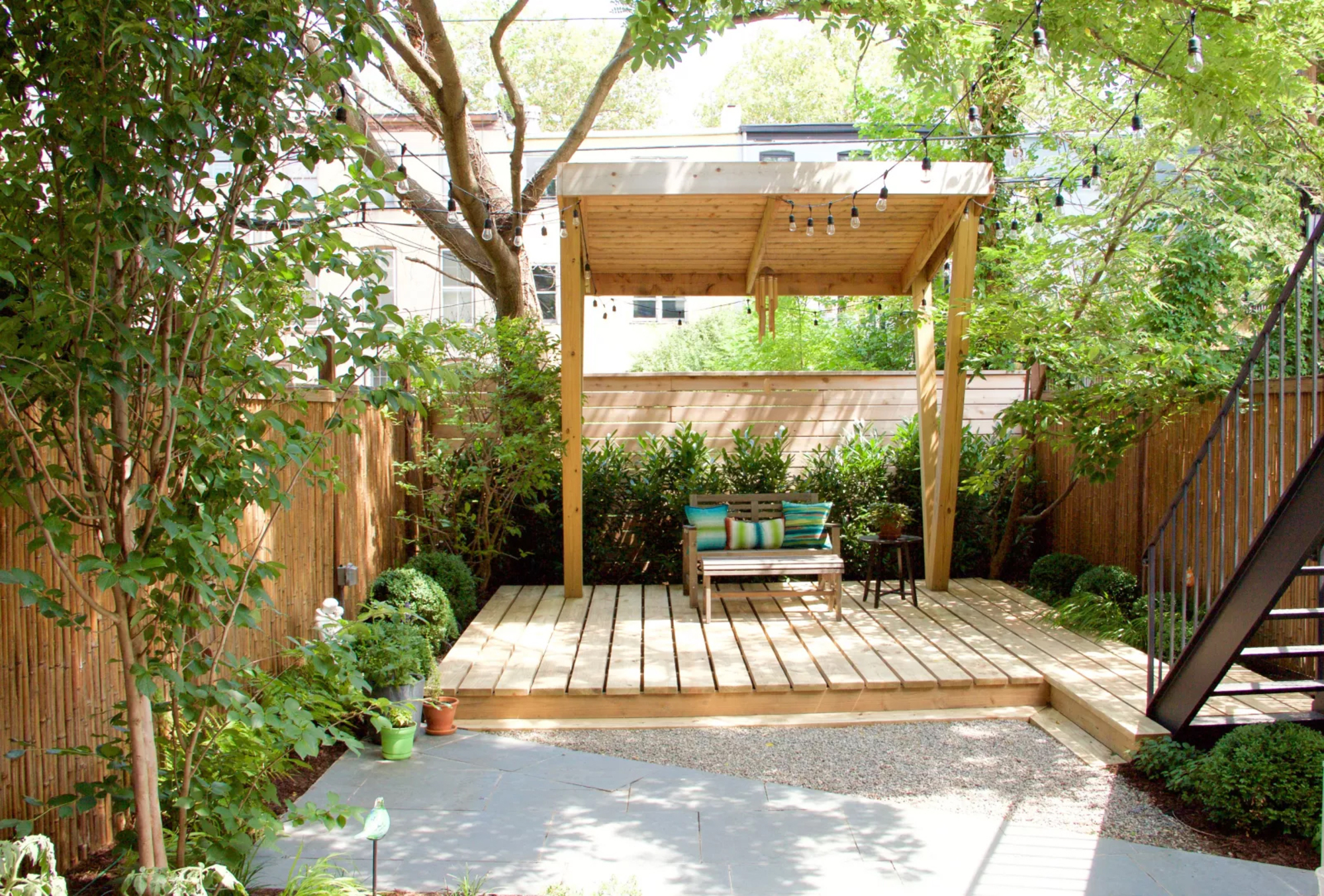
There are endless garden color schemes that will make your backyard feel alive with color, but for a minimalist outdoor space, sometimes it pays to keep things simple and opt for all-green planting.
'I like playing with shades of green for a minimalist garden and there are a myriad of ways to achieve a beautiful, dynamic mix even with this limited palette,' says Kat Aul Cervoni, landscape designer and founder of Staghorn NYC and The Cultivation by Kat.
If you're worried about it feeling a bit one note, make sure to choose varieties of plants that will bring light and shade to your planting scheme. 'Using a mix of hues (i.e., light green, mid green, dark green) and also playing with variegated options will add interest and dimension to the garden,' says Kat.
2. Or green and white
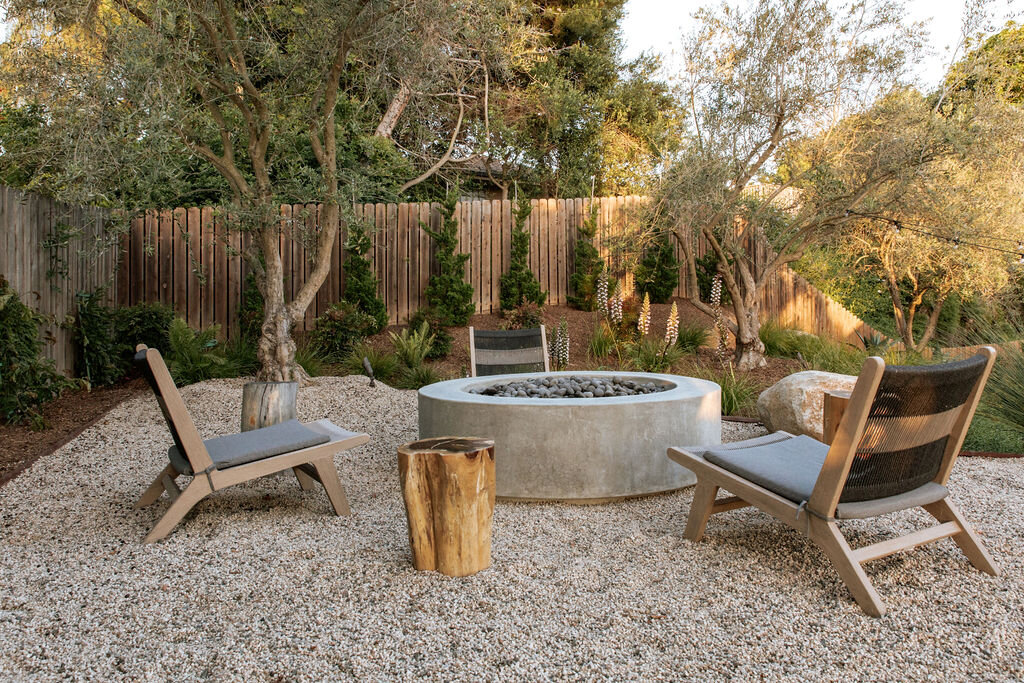
To bring a little more variation to a minimalist backyard, a simple color palette can also be used for a classic look. 'I prefer a more neutral color palette and often use white, greens and greys in my landscapes,' says says landscape architect Joe Richardson, founder of Richardson & Associates Landscape Architecture.
'Boxwoods, hydrangeas and hybrid roses work well in the Northeast and provide a clean, minimalist garden palette. Their white blooms against verdant leaves will always refresh and soothe the senses.'
If you're looking for somewhere to introduce color, Joe says it's much easier to control this in other elements of your backyard decor. 'Decorative pots are a great place to experiment with intense colors such as reds and oranges, for example,' he says.
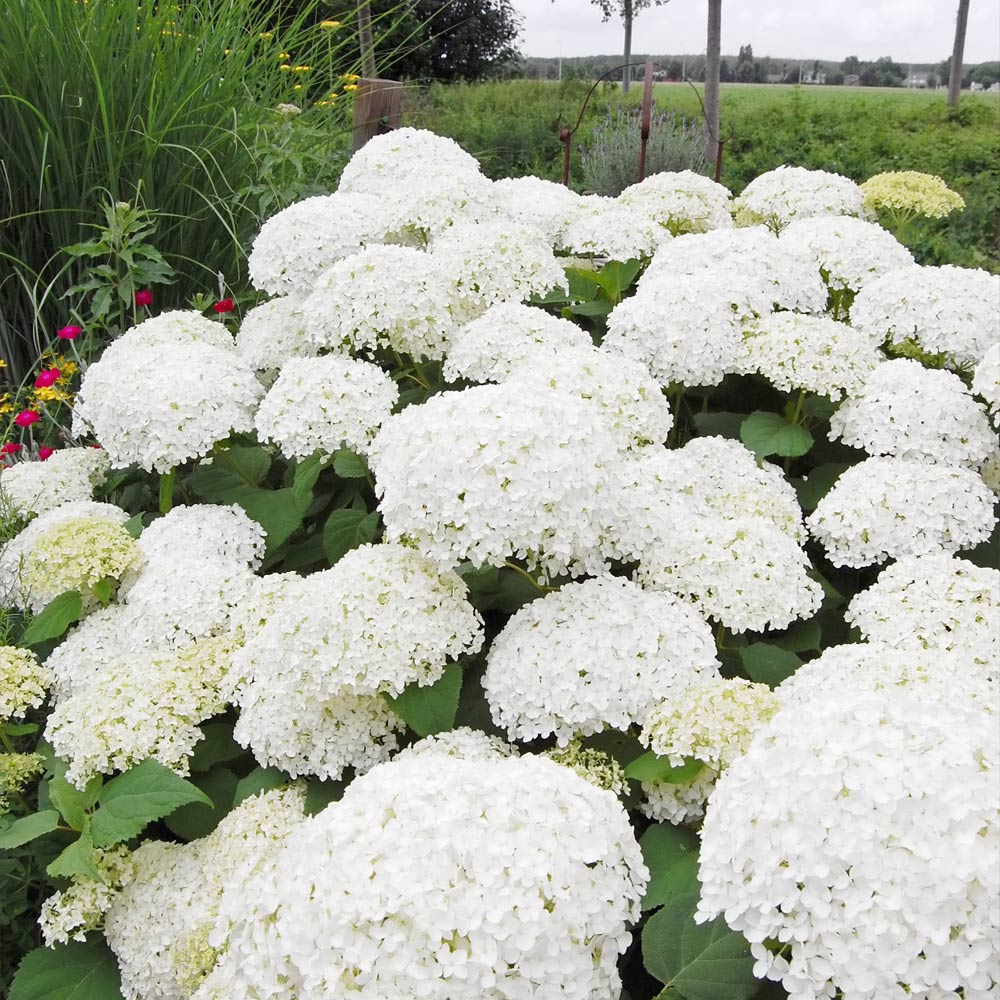
The perfect all white hydrangea shrub for a minimalist backyard that still feel lush and verdant.
3. Repetition
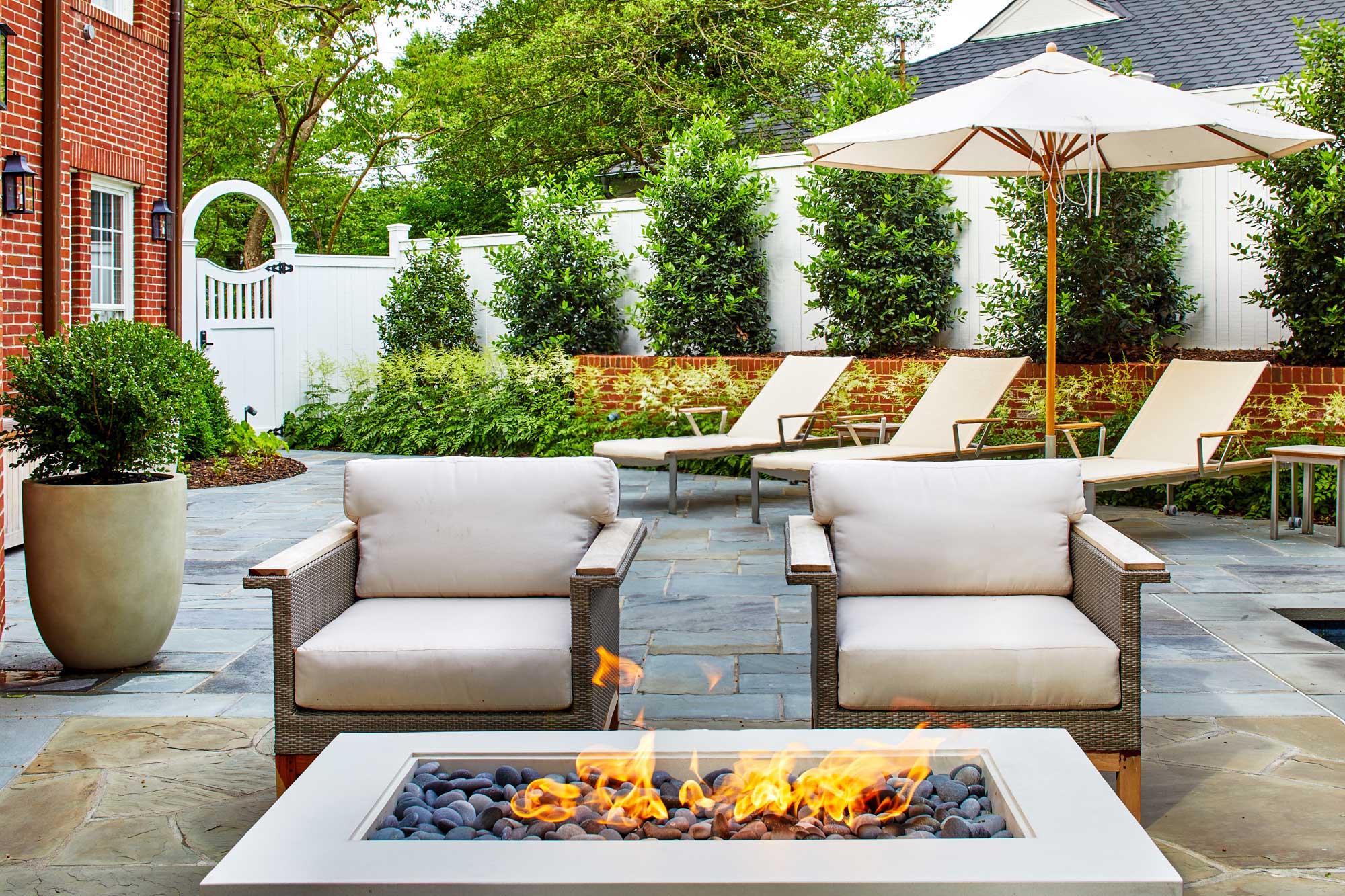
The secret to a more pared-back planting scheme isn't just in limiting the colors, but also the variety of plants.
'Repetition of the same plants, such as a row of evergreens or one type of flowering bush, will also help create a more minimalist feeling to the space,' says landscape designer Amber Freda.
Designer Jennifer Hayman agrees. 'Mass planting and repetition of a few key plant varieties that contrast or connect with the architecture and hardscaping will keep your landscaping feeling more restrained,' she says.
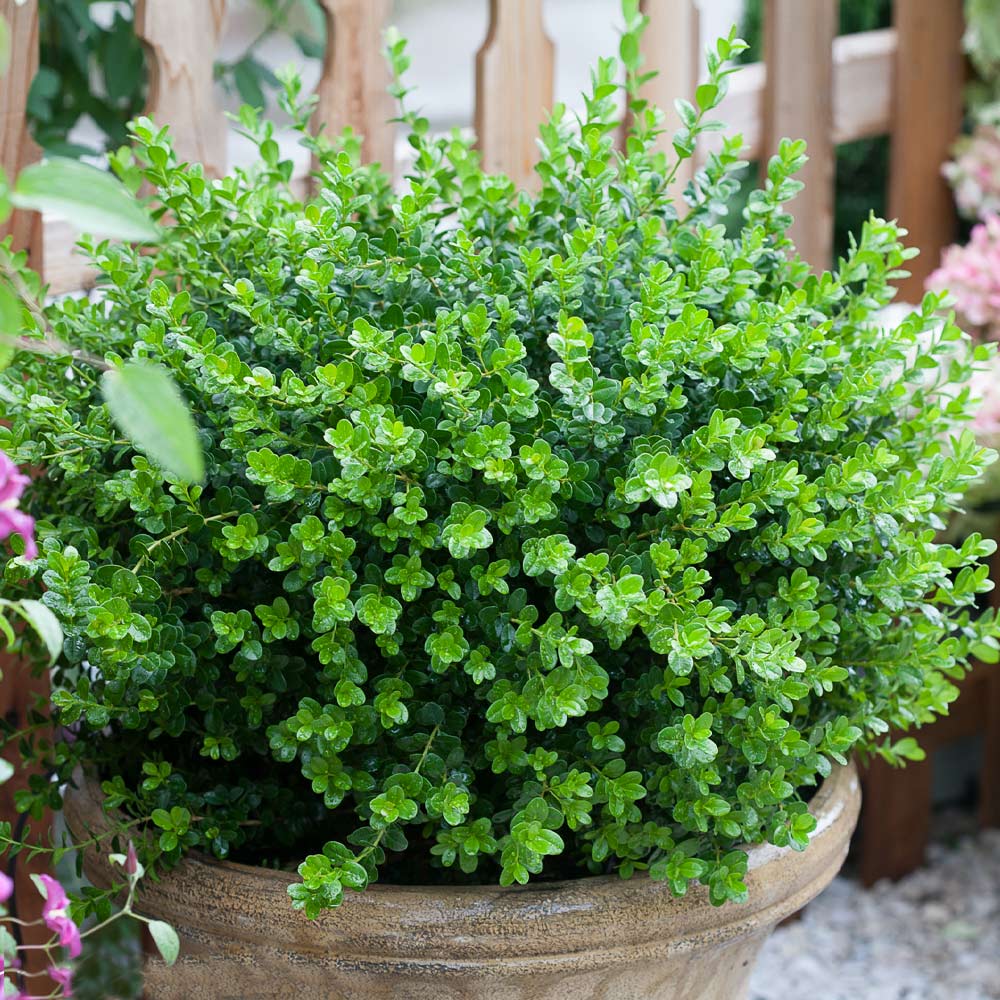
Structured shrubs like Buxus are an easy way to create the sense of repetition in a landscaping design.
4. Focus on texture
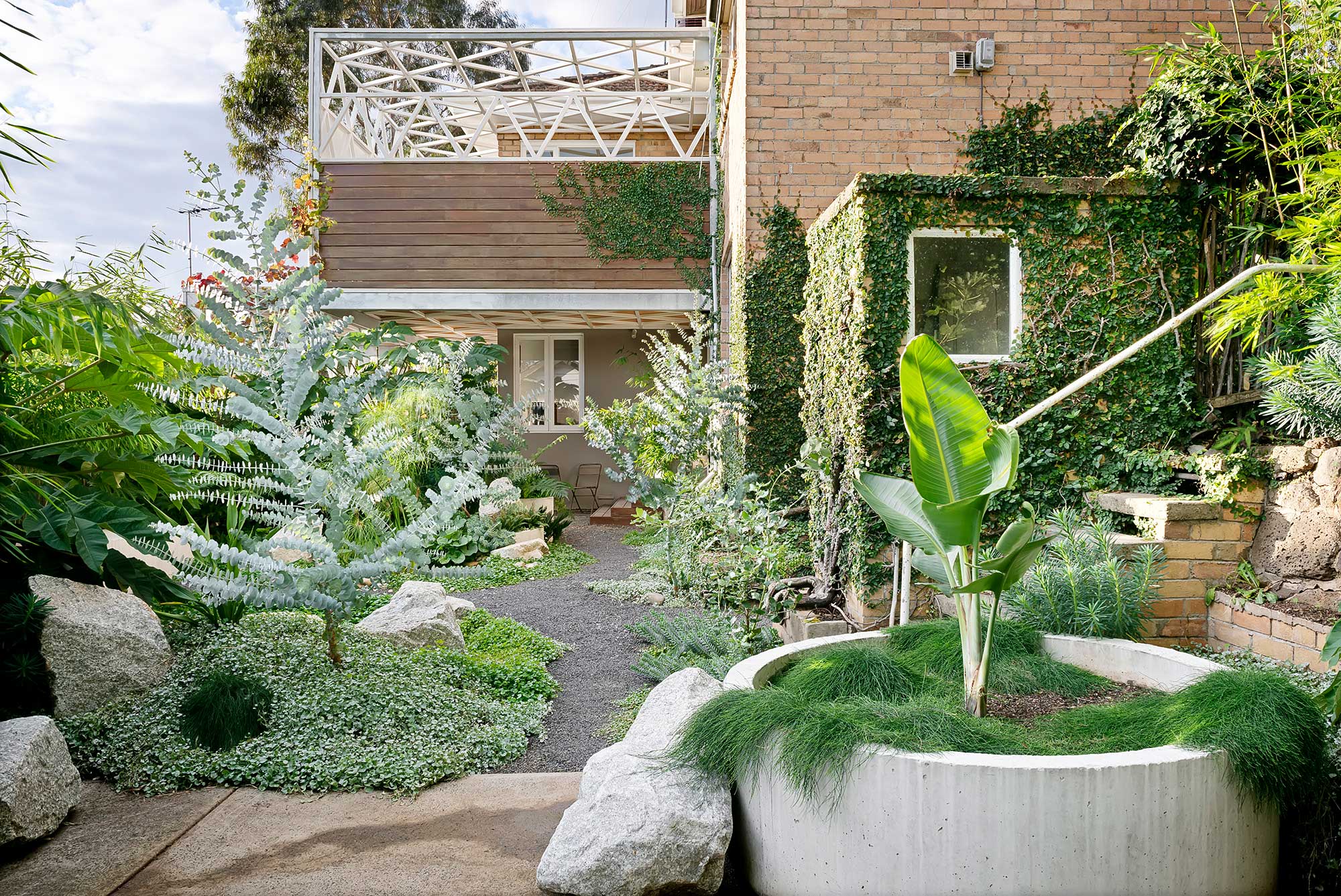
With that said, if you don't want your backyard planting to feel too monotonous, you still need to experiment with texture to a certain degree. 'When using a minimalist color palette, I like focusing on including a diverse mix of textures and shapes to help give more visual interest to the garden,' says Kat Aul Cervoni.
For Jennifer Hayman, it's about building up the planting in the right way so that the planting feels layered, yet not overly complex. 'Establishing form starts with first creating a backdrop of tall columnar hedging or trees for privacy or a green backdrop, and repeating a mix layers of hedging at different heights,' she explains.
5. Feature a focal point
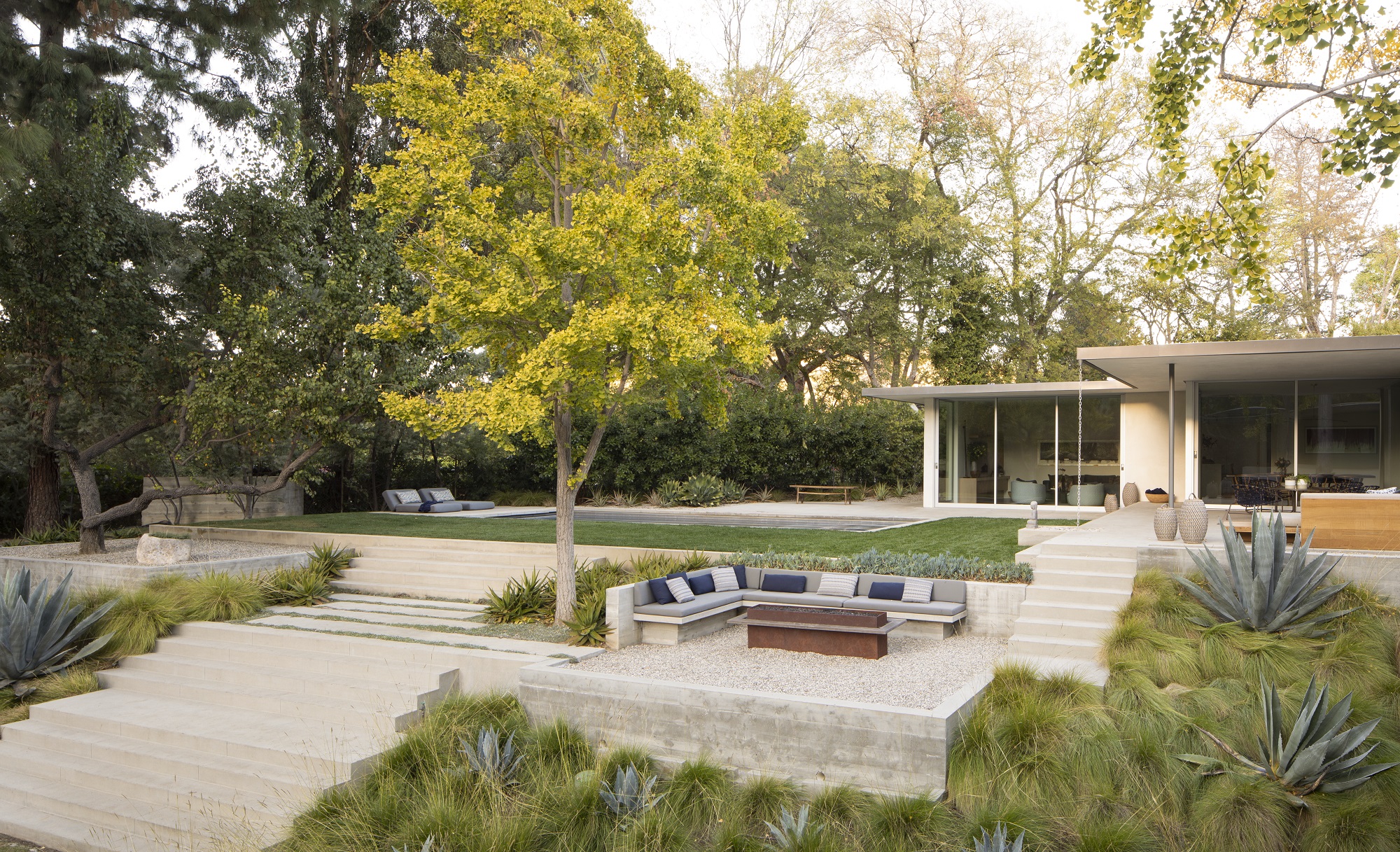
What you want to avoid when planting in a minimalist style is everything feeling like it's in the background. 'Even if you're aiming for something minimalist, you must have a focal point,' says Jennifer, 'whether that's a bench, sculpture, or even a tree (or even a series of trees) - this offers repetition and a sense of direction.'
Don't forget about ensuring your backyard still looks good once the sun goes down, and complement your scheme with modern garden lighting. 'Landscape lighting can create shadow, grazing and sculptural effect and great for year round interest,' Jennifer adds.
What plants are best for a minimalist backyard?
Landscape designer Kat Aul Cervoni has these suggestions for a minimalist planting scheme.
Minimalist plants for sunny spots:
Boxwood shrubs, Yew shrubs, Pennisetum “Hameln”, Nassella tenuissima, Artemisia stelleriana, Eryngium yuccifolium, Molinia “Bergfreund”
Minimalist plants for shady spots:
Ilex glabra, Hakonechloa macra “Aureola”, Carex “The Beatles”, Ophiopogon “Nana”, Prunus “Otto Luyken”, Dryopteris erythrosora, Matteuccia struthiopteris, Polygonatum “Variegatum”
Be The First To Know
The Livingetc newsletters are your inside source for what’s shaping interiors now - and what’s next. Discover trend forecasts, smart style ideas, and curated shopping inspiration that brings design to life. Subscribe today and stay ahead of the curve.

Hugh is Livingetc.com’s editor. With 8 years in the interiors industry under his belt, he has the nose for what people want to know about re-decorating their homes. He prides himself as an expert trend forecaster, visiting design fairs, showrooms and keeping an eye out for emerging designers to hone his eye. He joined Livingetc back in 2022 as a content editor, as a long-time reader of the print magazine, before becoming its online editor. Hugh has previously spent time as an editor for a kitchen and bathroom magazine, and has written for “hands-on” home brands such as Homebuilding & Renovating and Grand Designs magazine, so his knowledge of what it takes to create a home goes beyond the surface, too. Though not a trained interior designer, Hugh has cut his design teeth by managing several major interior design projects to date, each for private clients. He's also a keen DIYer — he's done everything from laying his own patio and building an integrated cooker hood from scratch, to undertaking plenty of creative IKEA hacks to help achieve the luxurious look he loves in design, when his budget doesn't always stretch that far.
-
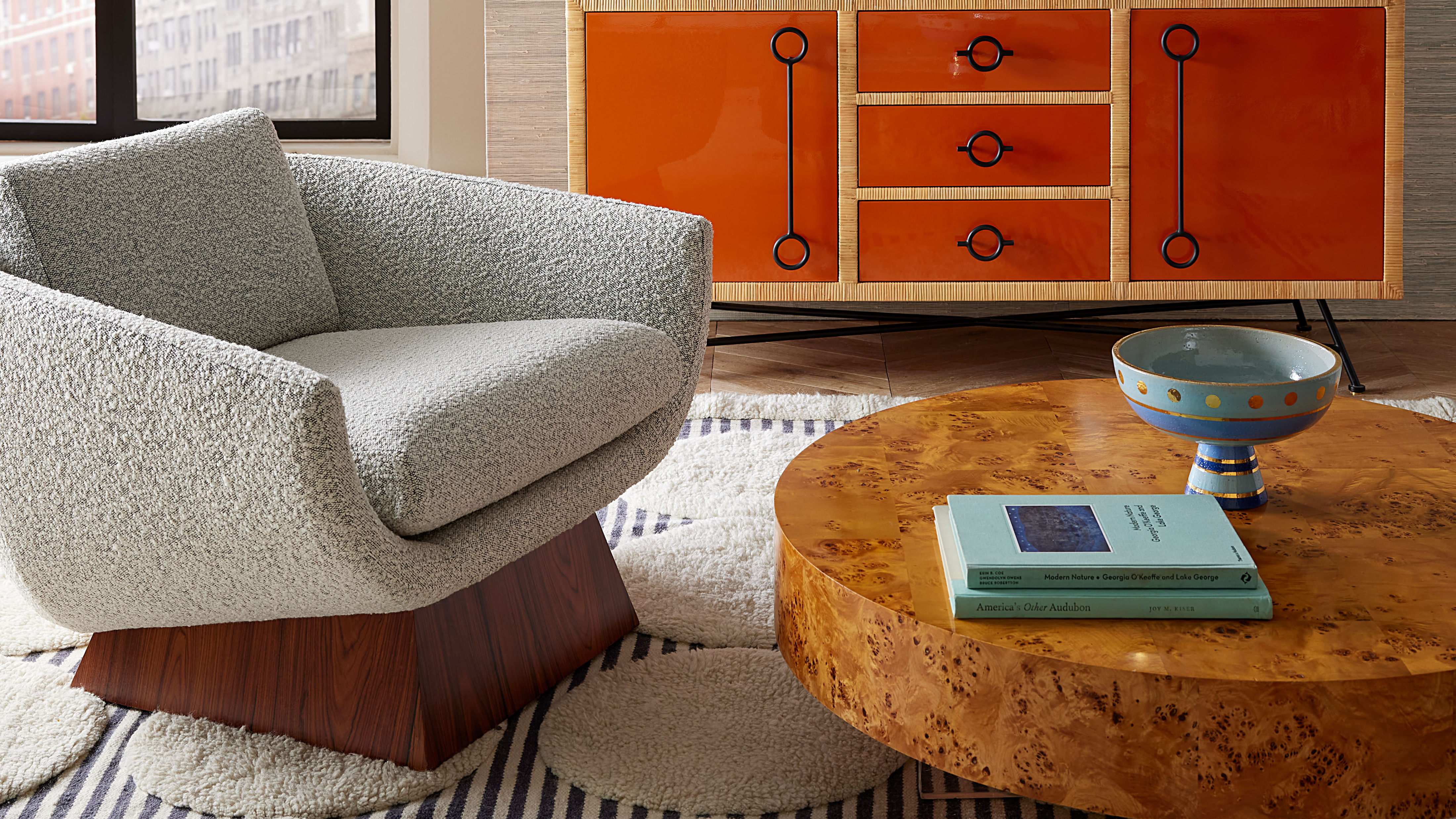 Burl Wood Decor Is 2025’s Most Coveted Comeback — Here’s How to Get the Storied Swirls for Less
Burl Wood Decor Is 2025’s Most Coveted Comeback — Here’s How to Get the Storied Swirls for LessIrregularity is the ultimate luxury, but you don’t need an antiques dealer to find it
By Julia Demer Published
-
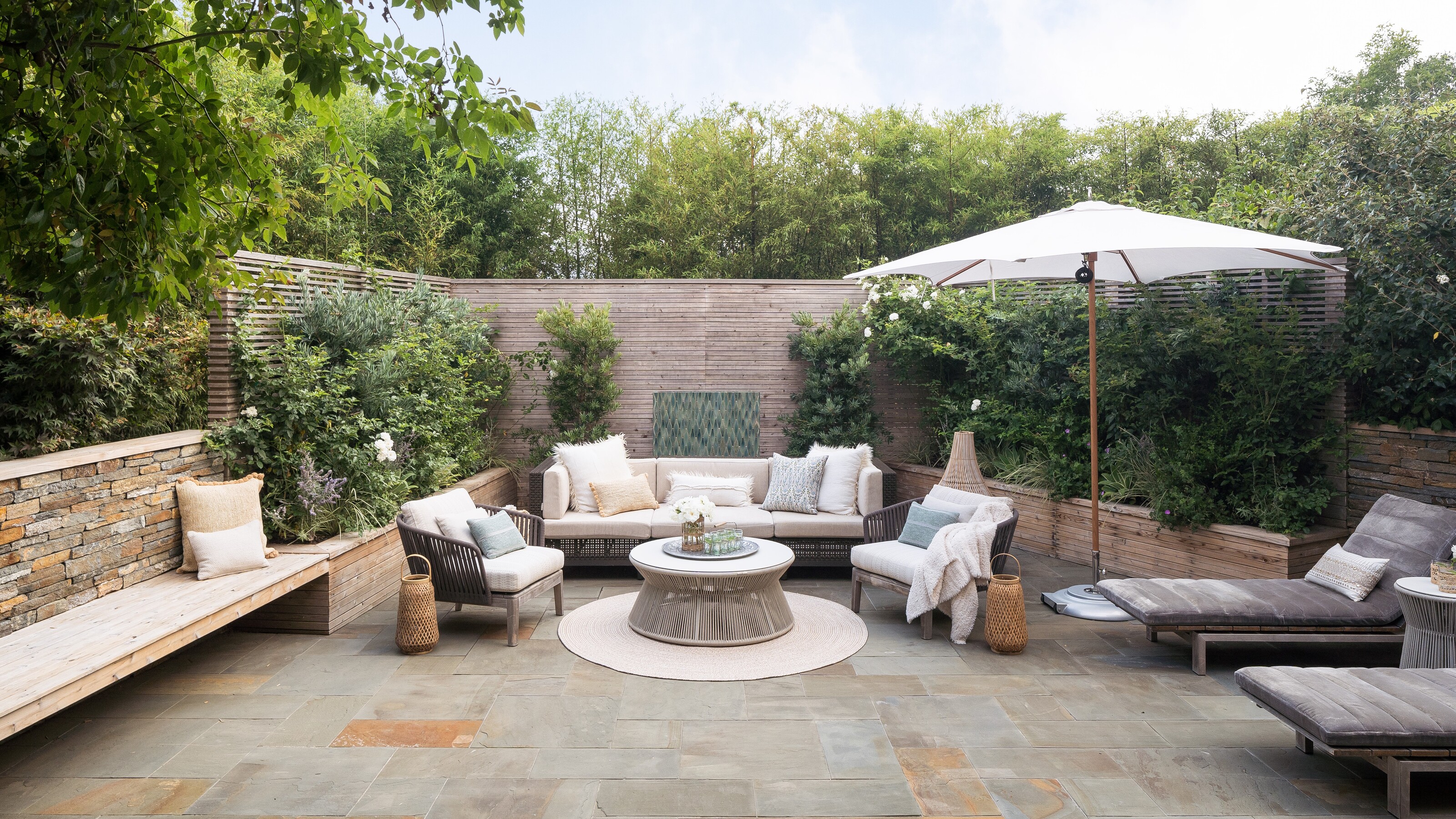 5 Garden Features That Instantly Add Value to Your Home — While Making Your Outdoor Space More Practical, too
5 Garden Features That Instantly Add Value to Your Home — While Making Your Outdoor Space More Practical, tooGet to know all the expert tips and tricks for making your backyard a standout selling point for your home.
By Maya Glantz Published